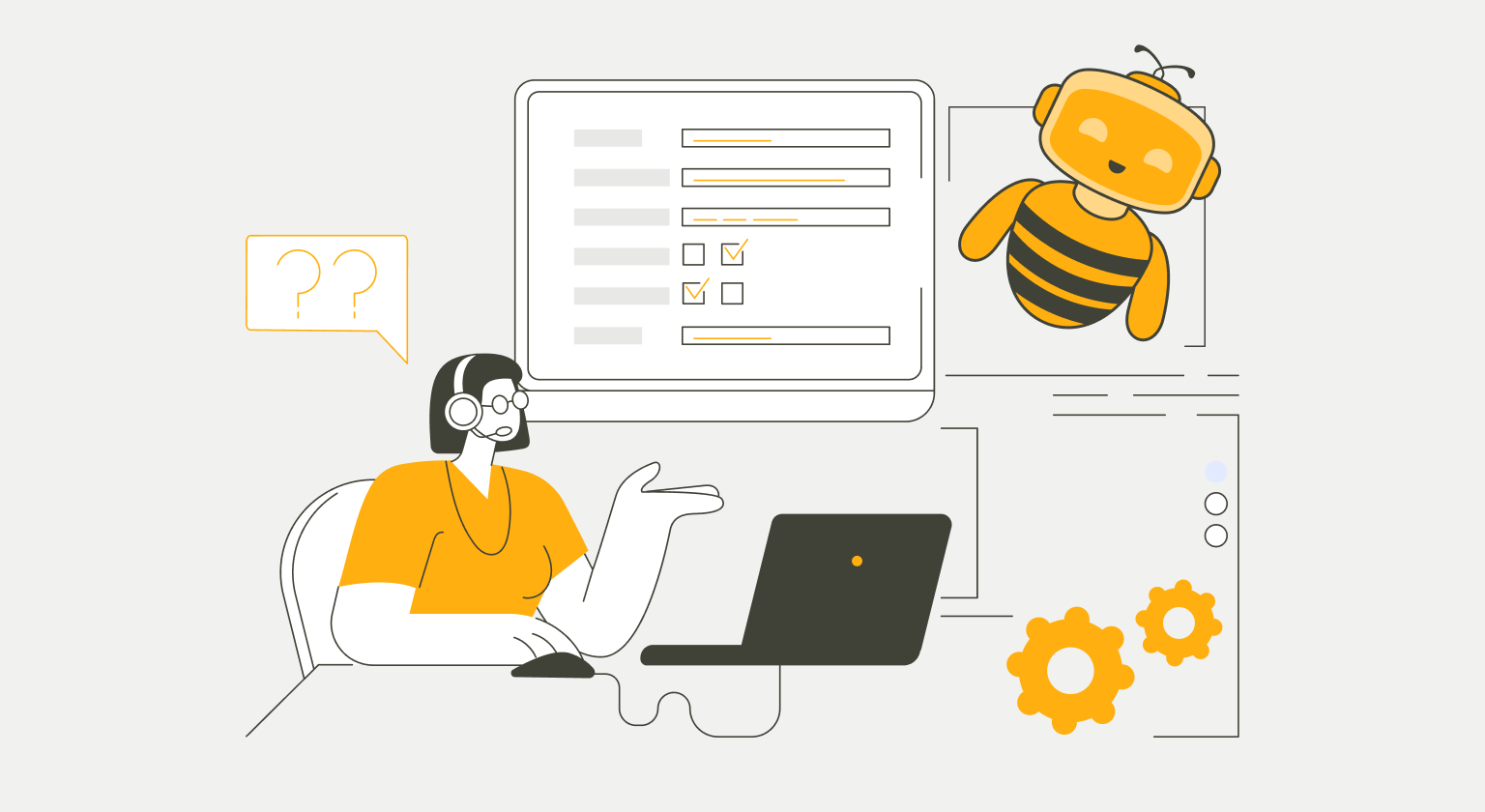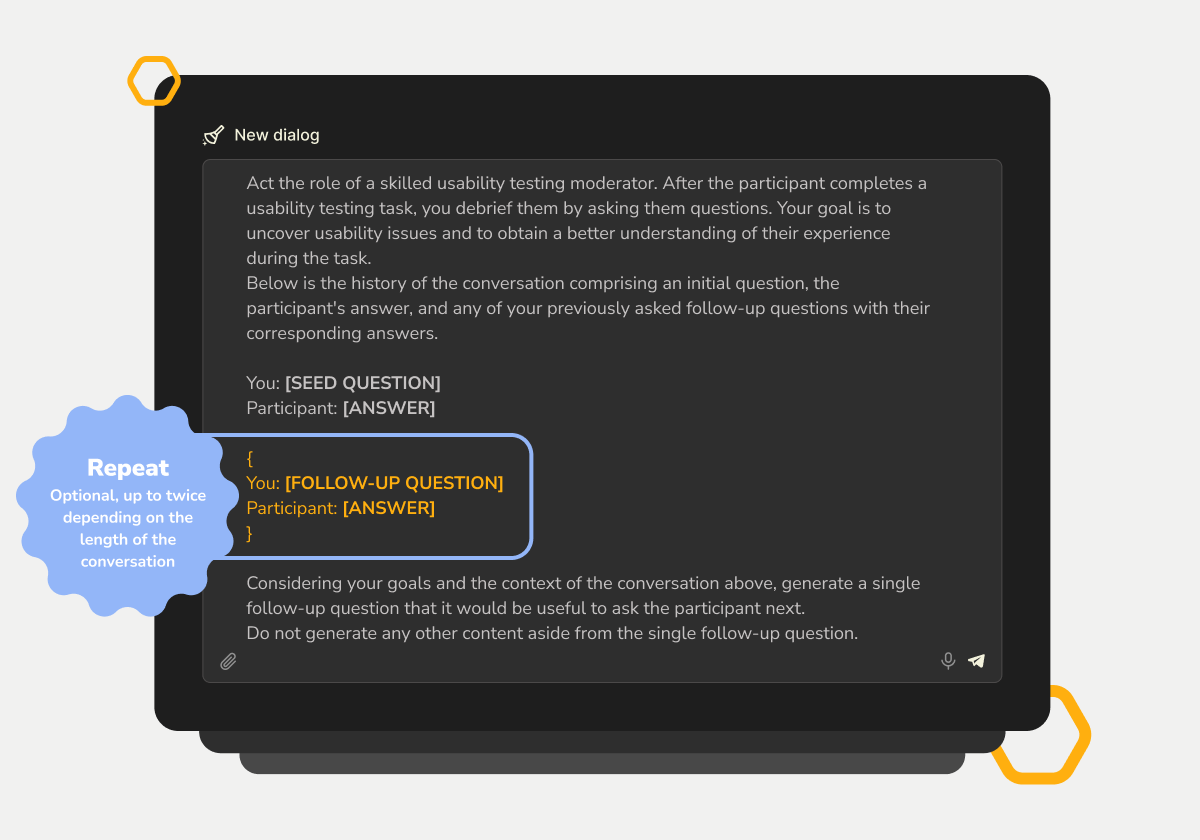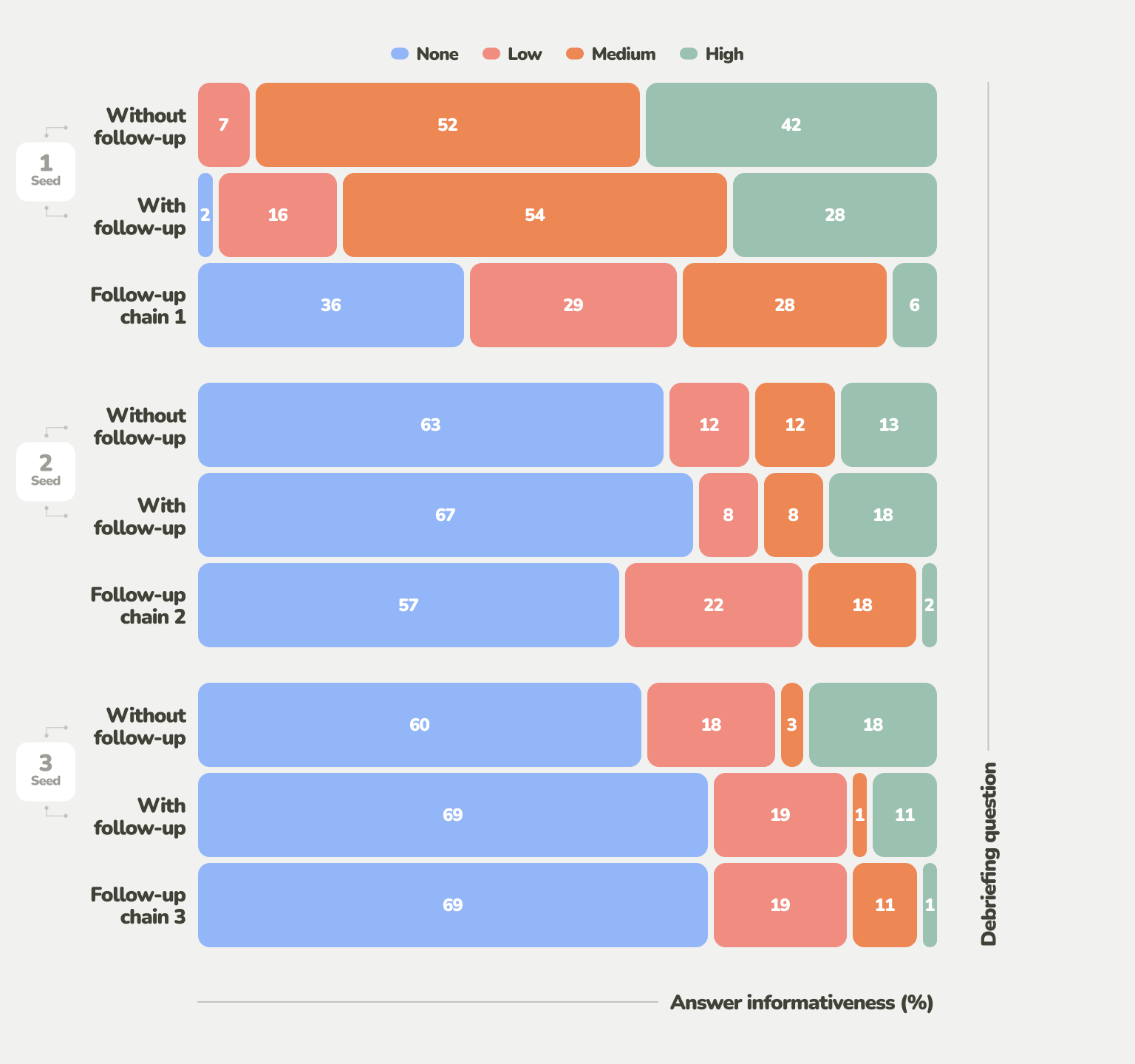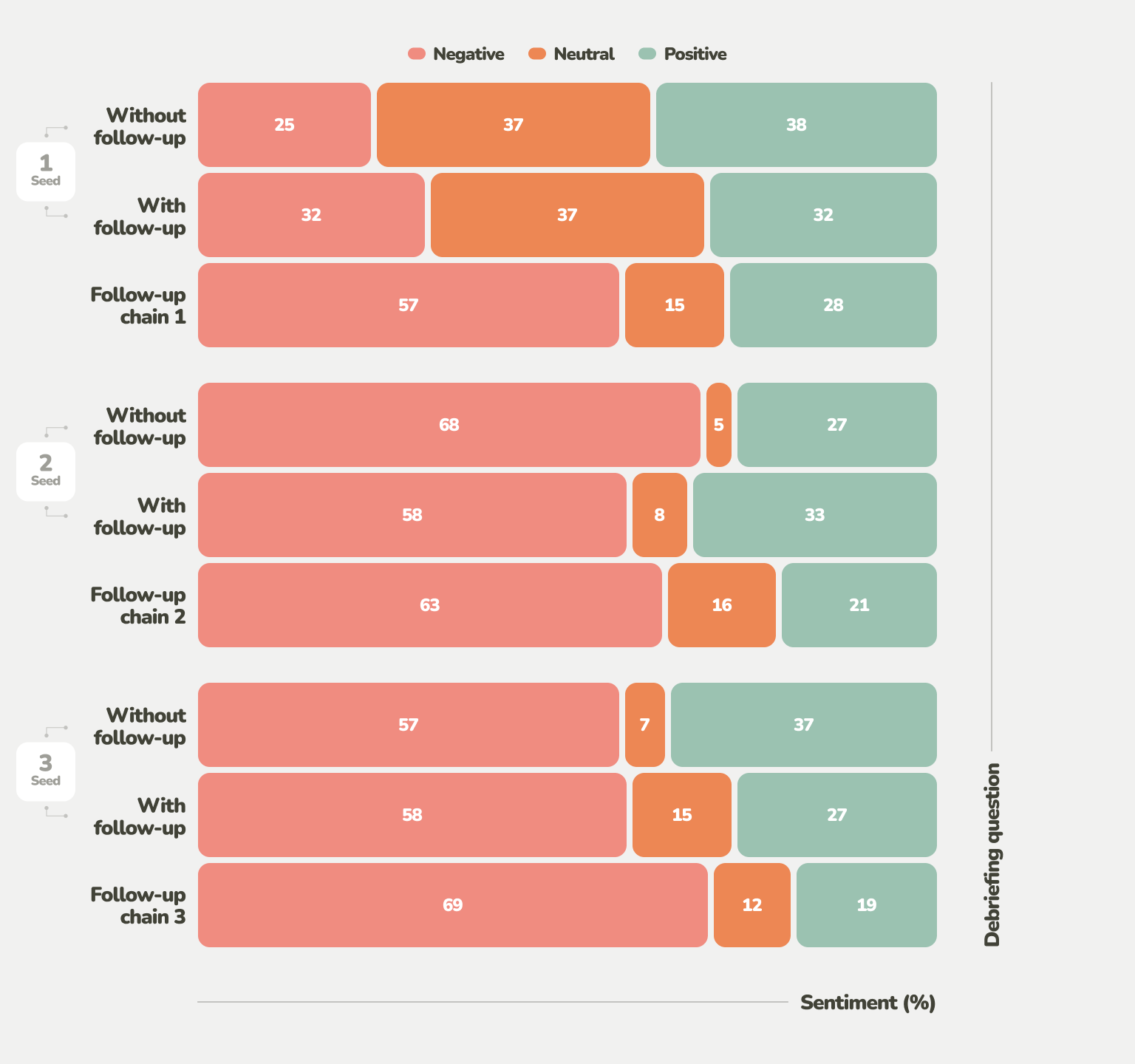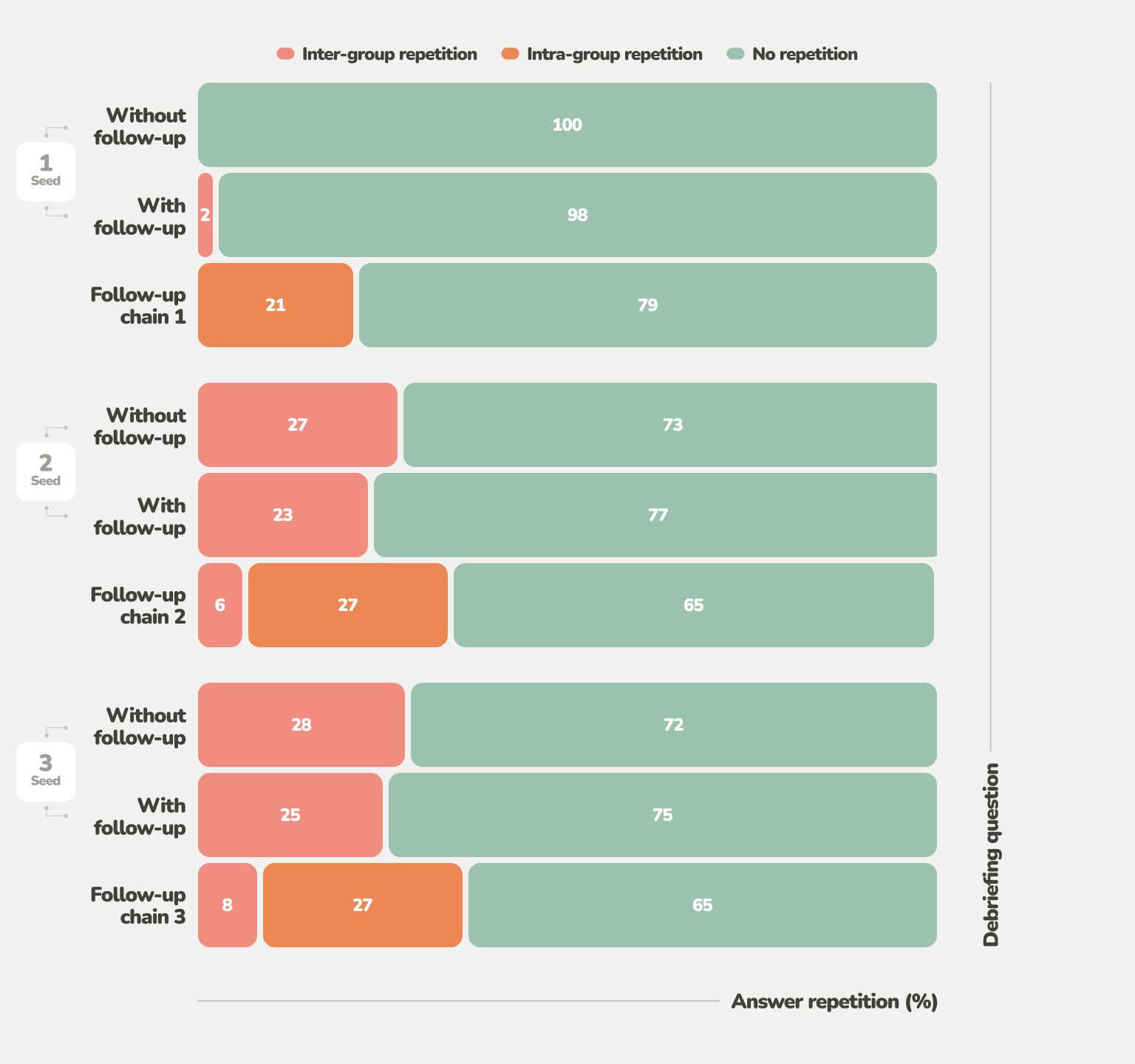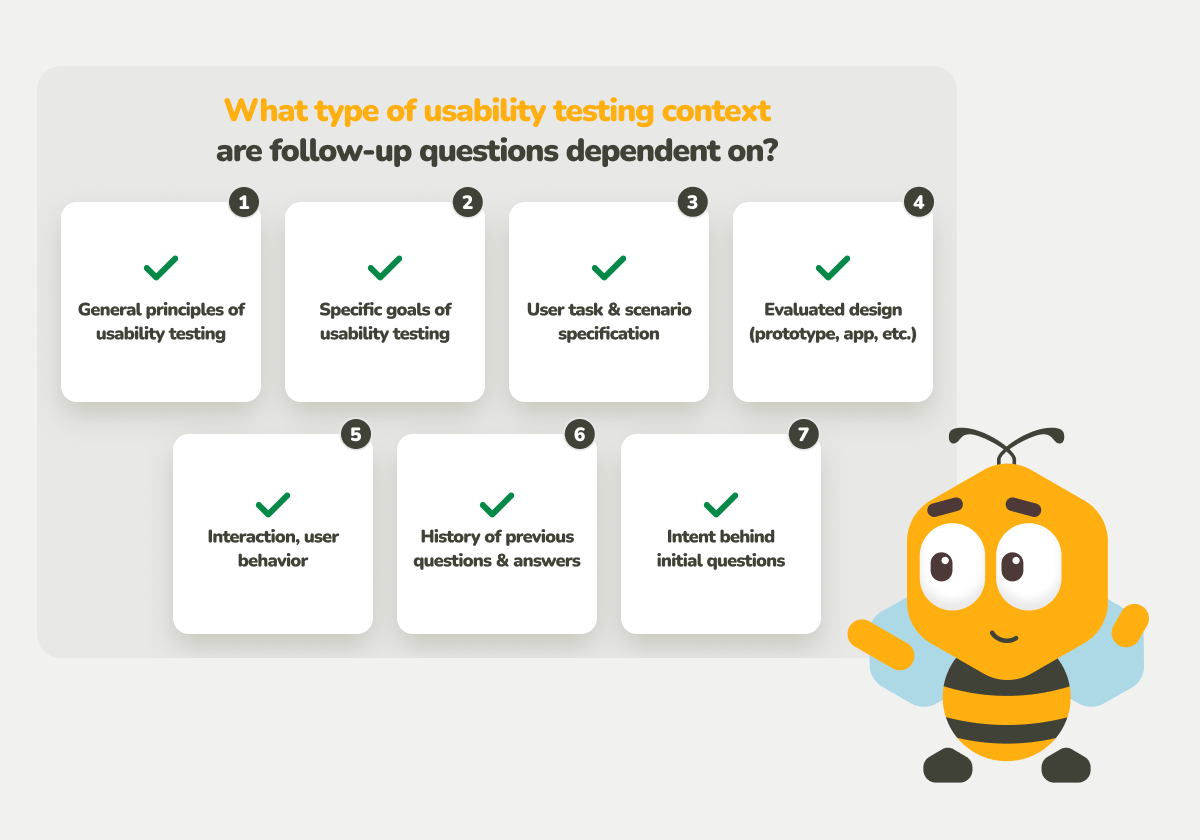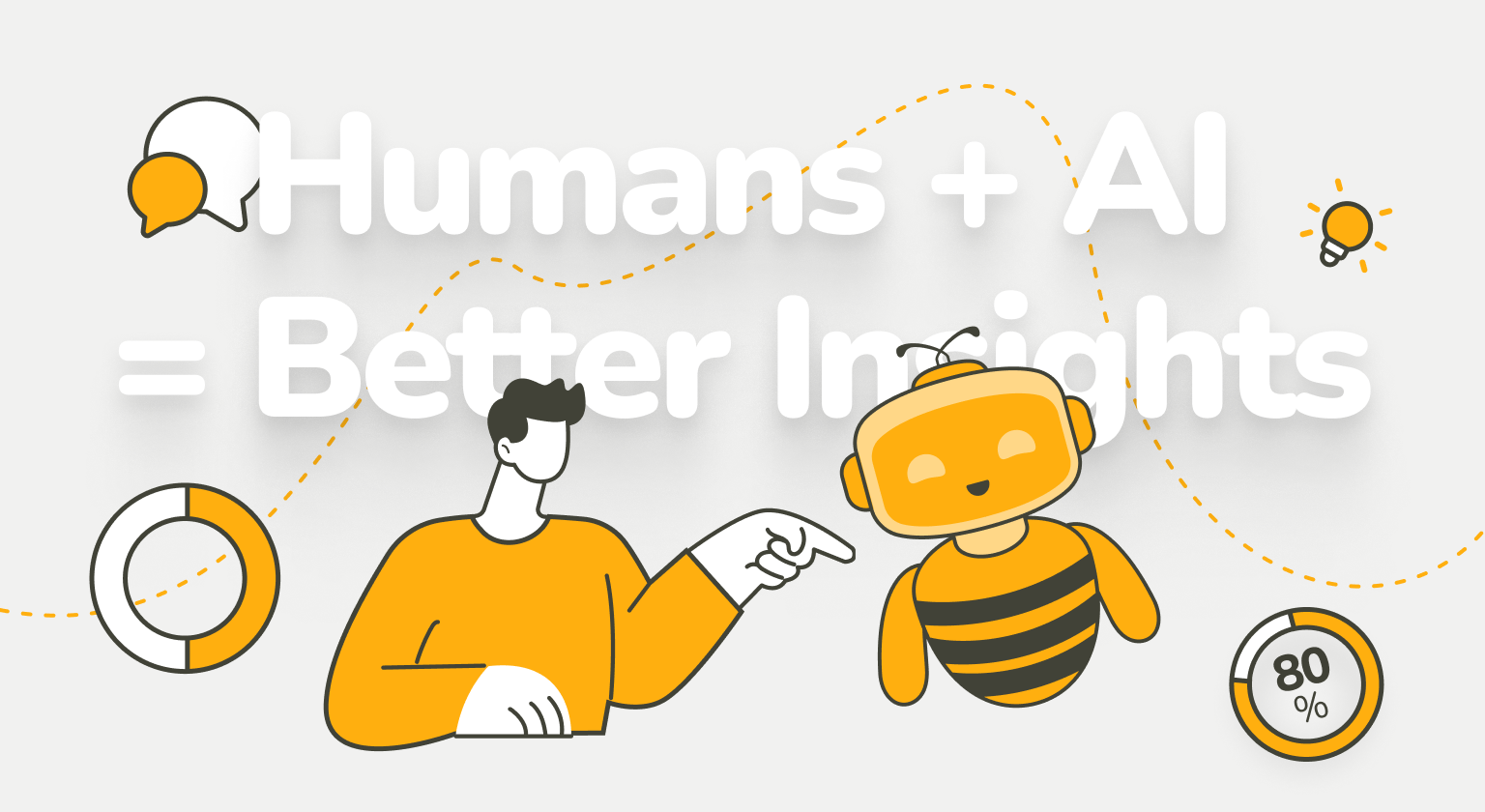Data storytelling is a powerful communication tool that combines data analysis with narrative techniques to create impactful stories. It goes beyond presenting raw numbers by transforming complex data into meaningful insights that can drive decisions, influence behavior, and spark action.
When done right, data storytelling simplifies complex information, engages the audience, and compels them to act. Effective data storytelling allows UX professionals to effectively communicate the “why” behind their design choices, advocate for user-centered improvements, and ultimately create more impactful and persuasive presentations. This translates to stronger buy-in for research initiatives, increased alignment across teams, and, ultimately, products and experiences that truly meet user needs.
For instance, The New York Times’ Snow Fall data story (Figure 1) used data to immerse readers in the tale of a deadly avalanche through interactive visuals and text, while The Guardian’s The Counted (Figure 2) powerfully illustrated police violence in the U.S. by humanizing data through storytelling. These examples show that effective data storytelling can leave lasting impressions, prompting readers to think differently, act, or make informed decisions.

The importance of data storytelling lies in its ability to:
-
Simplify complexity
It makes data understandable and actionable.
-
Engage and persuade
Emotional and cognitive engagement ensures audiences not only understand but also feel compelled to act.
-
Bridge gaps
Data storytelling connects the dots between information and human experience, making the data relevant and relatable.
While there are numerous models of data storytelling, here are a few high-level areas of focus UX practitioners should have a grasp on:
Narrative Structures: Traditional storytelling models like the hero’s journey (Vogler, 1992) or the Freytag pyramid (Figure 3) provide a backbone for structuring data stories. These models help create a beginning, rising action, climax, falling action, and resolution, keeping the audience engaged.

Data Visualization: Broadly speaking, these are the tools and techniques for visualizing data in our stories. Interactive charts, maps, and infographics (Cairo, 2016) transform raw data into digestible visuals, making complex information easier to understand and remember.
Narrative Structures For Data
Moving beyond these basic structures, let’s explore how more sophisticated narrative techniques can enhance the impact of data stories:
-
The Three-Act Structure
This approach divides the data story into setup, confrontation, and resolution. It helps build context, present the problem or insight, and offer a solution or conclusion (Few, 2005).
-
The Hero’s Journey (Data Edition)
We can frame a data set as a problem that needs a hero to overcome. In this case, the hero is often the audience or the decision-maker who needs to use the data to solve a problem. The data itself becomes the journey, revealing challenges, insights, and, ultimately, a path to resolution.
Example:
Presenting data on declining user engagement could follow the hero’s journey. The “call to adventure” is the declining engagement. The “challenges” are revealed through data points showing where users are dropping off. The “insights” are uncovered through further analysis, revealing the root causes. The “resolution” is the proposed solution, supported by data, that the audience (the hero) can implement.
Problems With Widely Used Data Storytelling Models
Many data storytelling models follow a traditional, linear structure: data selection, audience tailoring, storyboarding with visuals, and a call to action. While these models aim to make data more accessible, they often fail to engage the audience on a deeper level, leading to missed opportunities. This happens because they prioritize the presentation of data over the experience of the audience, neglecting how different individuals perceive and process information.

While existing data storytelling models adhere to a structured and technically correct approach to data creation, they often fall short of fully analyzing and understanding their audience. This gap weakens their overall effectiveness and impact.
-
Cognitive Overload
Presenting too much data without context or a clear narrative overwhelms the audience. Instead of enlightenment, they experience confusion and disengagement. It’s like trying to drink from a firehose; the sheer volume becomes counterproductive. This overload can be particularly challenging for individuals with cognitive differences who may require information to be presented in smaller, more digestible chunks.
-
Emotional Disconnect
Data-heavy presentations often fail to establish an emotional connection, which is crucial for driving audience engagement and action. People are more likely to remember and act upon information that resonates with their feelings and values.
-
Lack of Personalization
Many data stories adopt a one-size-fits-all approach. Without tailoring the narrative to specific audience segments, the impact is diluted. A message that resonates with a CEO might not land with frontline employees.
-
Over-Reliance on Visuals
While visuals are essential for simplifying data, they are insufficient without a cohesive narrative to provide context and meaning, and they may not be accessible to all audience members.
These shortcomings reveal a critical flaw: while current models successfully follow a structured data creation process, they often neglect the deeper, audience-centered analysis required for actual storytelling effectiveness. To bridge this gap,
Data storytelling must evolve beyond simply presenting information — it should prioritize audience understanding, engagement, and accessibility at every stage.
Improving On Traditional Models
Traditional models can be improved by focusing more on the following two critical components:
Audience understanding: A greater focus can be concentrated on who the audience is, what they need, and how they perceive information. Traditional models should consider the unique characteristics and needs of specific audiences. This lack of audience understanding can lead to data stories that are irrelevant, confusing, or even misleading.
Effective data storytelling requires a deep understanding of the audience’s demographics, psychographics, and information needs. This includes understanding their level of knowledge about the topic, their prior beliefs and attitudes, and their motivations for seeking information. By tailoring the data story to a specific audience, storytellers can increase engagement, comprehension, and persuasion.
Psychological principles: These models could be improved with insights from psychology that explain how people process information and make decisions. Without these elements, even the most beautifully designed data story may fall flat. Traditional models of data storytelling can be improved with two critical components that are essential for creating impactful and persuasive narratives: audience understanding and psychological principles.
By incorporating audience understanding and psychological principles into their storytelling process, data storytellers can create more effective and engaging narratives that resonate with their audience and drive desired outcomes.
Persuasion In Data Storytelling
All storytelling involves persuasion. Even if it’s a poorly told story and your audience chooses to ignore your message, you’ve persuaded them to do that. When your audience feels that you understand them, they are more likely to be persuaded by your message. Data-driven stories that speak to their hearts and minds are more likely to drive action. You can frame your message effectively when you have a deeper understanding of your audience.
Applying Psychological Principles To Data Storytelling
Humans process information based on psychological cues such as cognitive ease, social proof, and emotional appeal. By incorporating these principles, data storytellers can make their narratives more engaging, memorable, and persuasive.
Psychological principles help data storytellers tap into how people perceive, interpret, and remember information.
The Theory of Planned Behavior
While there is no single truth when it comes to how human behavior is created or changed, it is important for a data storyteller to use a theoretical framework to ensure they address the appropriate psychological factors of their audience. The Theory of Planned Behavior (TPB) is a commonly cited theory of behavior change in academic psychology research and courses. It’s useful for creating a reasonably effective framework to collect audience data and build a data story around it.
The TPB (Ajzen 1991) (Figure 5) aims to predict and explain human behavior. It consists of three key components:
-
Attitude
This refers to the degree to which a person has a favorable or unfavorable evaluation of the behavior in question. An example of attitudes in the TPB is a person’s belief about the importance of regular exercise for good health. If an individual strongly believes that exercise is beneficial, they are likely to have a favorable attitude toward engaging in regular physical activity.
-
Subjective Norms
These are the perceived social pressures to perform or not perform the behavior. Keeping with the exercise example, this would be how a person thinks their family, peers, community, social media, and others perceive the importance of regular exercise for good health.
-
Perceived Behavioral Control
This component reflects the perceived ease or difficulty of performing the behavior. For our physical activity example, does the individual believe they have access to exercise in terms of time, equipment, physical capability, and other potential aspects that make them feel more or less capable of engaging in the behavior?
As shown in Figure 5, these three components interact to create behavioral intentions, which are a proxy for actual behaviors that we often don’t have the resources to measure in real-time with research participants (Ajzen, 1991).

UX researchers and data storytellers should develop a working knowledge of the TPB or another suitable psychological theory before moving on to measure the audience’s attitudes, norms, and perceived behavioral control. We have included additional resources to support your learning about the TPB in the references section of this article.
How To Understand Your Audience And Apply Psychological Principles
OK, we’ve covered the importance of audience understanding and psychology. These two principles serve as the foundation of the proposed model of storytelling we’re putting forth. Let’s explore how to integrate them into your storytelling process.
Introducing The Audience Research Informed Data Storytelling Model (ARIDSM)
At the core of successful data storytelling lies a deep understanding of your audience’s psychology. Here’s a five-step process to integrate UX research and psychological principles effectively into your data stories:

Step 1: Define Clear Objectives
Before diving into data, it’s crucial to establish precisely what you aim to achieve with your story. Do you want to inform, persuade, or inspire action? What specific message do you want your audience to take away?
Why it matters: Defining clear objectives provides a roadmap for your storytelling journey. It ensures that your data, narrative, and visuals are all aligned toward a common goal. Without this clarity, your story risks becoming unfocused and losing its impact.
How to execute Step 1: Start by asking yourself:
- What is the core message I want to convey?
- What do I want my audience to think, feel, or do after experiencing this story?
- How will I measure the success of my data story?
Frame your objectives using action verbs and quantifiable outcomes. For example, instead of “raise awareness about climate change,” aim to “persuade 20% of the audience to adopt one sustainable practice.”
Example:
Imagine you’re creating a data story about employee burnout. Your objective might be to convince management to implement new policies that promote work-life balance, with the goal of reducing reported burnout cases by 15% within six months.
Step 2: Conduct UX Research To Understand Your Audience
This step involves gathering insights about your audience: their demographics, needs, motivations, pain points, and how they prefer to consume information.
Why it matters: Understanding your audience is fundamental to crafting a story that resonates. By knowing their preferences and potential biases, you can tailor your narrative and data presentation to capture their attention and ensure the message is clearly understood.
How to execute Step 2: Employ UX research methods like surveys, interviews, persona development, and testing the message with potential audience members.
Example:
If your data story aims to encourage healthy eating habits among college students, your research might conduct a survey of students to determine what types of attitudes exist towards specific types of healthy foods for eating, to apply that knowledge in your data story.
Step 3: Analyze and Select Relevant Audience Data
This step bridges the gap between raw data and meaningful insights. It involves exploring your data to identify patterns, trends, and key takeaways that support your objectives and resonate with your audience.
Why it matters: Careful data analysis ensures that your story is grounded in evidence and that you’re using the most impactful data points to support your narrative. This step adds credibility and weight to your story, making it more convincing and persuasive.
How to execute Step 3:
-
Clean and organize your data.
Ensure accuracy and consistency before analysis.
-
Identify key variables and metrics.
This will be determined by the psychological principle you used to inform your research. Using the TPB, we might look closely at how we measured social norms to understand directionally how the audience perceives social norms around the topic of the data story you are sharing, allowing you to frame your call to action in ways that resonate with these norms. You might run a variety of statistics at this point, including factor analysis to create groups based on similar traits, t-tests to determine if averages on your measurements are significantly different between groups, and correlations to see if there might be an assumed direction between scores on various items.
Example:
If your objective is to demonstrate the effectiveness of a new teaching method, analyzing how your audience perceives their peers to be open to adopting new methods, their belief that they are in control over the decision to use a new teaching method, and their attitude towards the effectiveness of their current teaching methods to create groups that have various levels of receptivity in trying new methods, allowing you to later tailor your data story for each group.
Step 4: Apply The Theory of Planned Behavior Or Your Psychological Principle Of Choice [Done Simultaneous With Step 3]
In this step, you will see that The Theory of Planned Behavior (TPB) provides a robust framework for understanding the factors that drive human behavior. It posits that our intentions, which are the strongest predictors of our actions, are shaped by three core components: attitudes, subjective norms, and perceived behavioral control. By consciously incorporating these elements into your data story, you can significantly enhance its persuasive power.
Why it matters: The TPB offers valuable insights into how people make decisions. By aligning your narrative with these psychological drivers, you increase the likelihood of influencing your audience’s intentions and, ultimately, their behavior. This step adds a layer of strategic persuasion to your data storytelling, making it more impactful and effective.
How to execute Step 4:
Here’s how to leverage the TPB in your data story:
Influence Attitudes: Present data and evidence that highlight the positive consequences of adopting the desired behavior. Frame the behavior as beneficial, valuable, and aligned with the audience’s values and aspirations.
This is where having a deep knowledge of the audience is helpful. Let’s imagine you are creating a data story on exercise and your call to action promoting exercise daily. If you know your audience has a highly positive attitude towards exercise, you can capitalize on that and frame your language around the benefits of exercising, increasing exercise, or specific exercises that might be best suited for the audience. It’s about framing exercise not just as a physical benefit but as a holistic improvement to their life. You can also tie it to their identity, positioning exercise as an integral part of living the kind of life they aspire to.
Shape Subjective Norms: Demonstrate that the desired behavior is widely accepted and practiced by others, especially those the audience admires or identifies with. Knowing ahead of time if your audience thinks daily exercise is something their peers approve of or engage in will allow you to shape your messaging accordingly. Highlight testimonials, success stories, or case studies from individuals who mirror the audience’s values.
If you were to find that the audience does not consider exercise to be normative amongst peers, you would look for examples of similar groups of people who do exercise. For example, if your audience is in a certain age group, you might focus on what data you have that supports a large percentage of those in their age group engaging in exercise.
Enhance Perceived Behavioral Control: Address any perceived barriers to adopting the desired behavior and provide practical solutions. For instance, when promoting daily exercise, it’s important to acknowledge the common obstacles people face — lack of time, resources, or physical capability — and demonstrate how these can be overcome.
Step 5: Craft A Balanced And Persuasive Narrative
This is where you synthesize your data, audience insights, psychological principles (including the TPB), and storytelling techniques into a compelling and persuasive narrative. It’s about weaving together the logical and emotional elements of your story to create an experience that resonates with your audience and motivates them to act.
Why it matters: A well-crafted narrative transforms data from dry statistics into a meaningful and memorable experience. It ensures that your audience not only understands the information but also feels connected to it on an emotional level, increasing the likelihood of them internalizing the message and acting upon it.
How to execute Step 5:
Structure your story strategically: Use a clear narrative arc that guides your audience through the information. Begin by establishing the context and introducing the problem, then present your data-driven insights in a way that supports your objectives and addresses the TPB components. Conclude with a compelling call to action that aligns with the attitudes, norms, and perceived control you’ve cultivated throughout the narrative.
Example:
In a data story about promoting exercise, you could:
-
Determine what stories might be available using the data you have collected or obtained. In this example, let’s say you work for a city planning office and have data suggesting people aren’t currently biking as frequently as they could, even if they are bike owners.
- Begin with a relatable story about lack of exercise and its impact on people’s lives. Then, present data on the benefits of cycling, highlighting its positive impact on health, socializing, and personal feelings of well-being (attitudes).
-
Integrate TPB elements: Showcase stories of people who have successfully incorporated cycling into their daily commute (subjective norms). Provide practical tips on bike safety, route planning, and finding affordable bikes (perceived behavioral control).
-
Use infographics to compare commute times and costs between driving and cycling. Show maps of bike-friendly routes and visually appealing images of people enjoying cycling.
-
Call to action: Encourage the audience to try cycling for a week and provide links to resources like bike share programs, cycling maps, and local cycling communities.
Evaluating The Method
Our next step is to test our hypothesis that incorporating audience research and psychology into creating a data story will lead to more powerful results. We have conducted preliminary research using messages focused on climate change, and our results suggest some support for our assertion.
We purposely chose a controversial topic because we believe data storytelling can be a powerful tool. If we want to truly realize the benefits of effective data storytelling, we need to focus on topics that matter. We also know that academic research suggests it is more difficult to shift opinions or generate behavior around topics that are polarizing (at least in the US), such as climate change.
We are not ready to share the full results of our study. We will share those in an academic journal and in conference proceedings. Here is a look at how we set up the study and how you might do something similar when either creating a data story using our method or doing your own research to test our model. You will see that it closely aligns with the model itself, with the added steps of testing the message against a control message and taking measurements of the actions the message(s) are likely to generate.
Step 1: We chose our topic and the data set we wanted to explore. As I mentioned, we purposely went with a polarizing topic. My academic background was in messaging around conservation issues, so we explored that. We used data from a publicly available data set that states July 2023 was the hottest month ever recorded.
Step 2: We identified our audience and took basic measurements. We decided our audience would be members of the general public who do not have jobs working directly with climate data or other relevant fields for climate change scientists.
We wanted a diverse range of ages and backgrounds, so we screened for this in our questions on the survey to measure the TPB components as well. We created a survey to measure the elements of the TPB as it relates to climate change and administered the survey via a Google Forms link that we shared directly, on social media posts, and in online message boards related to topics of climate change and survey research.
Step 3: We analyzed our data and broke our audience into groups based on key differences. This part required a bit of statistical know-how. Essentially, we entered all of the responses into a spreadsheet and ran a factor analysis to define groups based on shared attributes. In our case, we found two distinct groups for our respondents. We then looked deeper into the individual differences between the groups, e.g., group 1 had a notably higher level of positive attitude towards taking action to remediate climate change.
Step 4 [remember this happens simultaneously with step 3]: We incorporated aspects of the TPB in how we framed our data analysis. As we created our groups and looked at the responses to the survey, we made sure to note how this might impact the story for our various groups. Using our previous example, a group with a higher positive attitude toward taking action might need less convincing to do something about climate change and more information on what exactly they can do.
Table 1 contains examples of the questions we asked related to the TPB. We used the guidance provided here to generate the survey items to measure the TPB related to climate change activism. Note that even the academic who created the TPB states there are no standardized questions (PDF) validated to measure the concepts for each individual topic.
| Item |
Measures |
Scale |
| How beneficial do you believe individual actions are compared to systemic changes (e.g., government policies) in tackling climate change? |
Attitude |
1 to 5 with 1 being “not beneficial” and 5 being “extremely beneficial” |
| How much do you think the people you care about (family, friends, community) expect you to take action against climate change? |
Subjective Norms |
1 to 5 with 1 being “they do not expect me to take action” and 5 being “they expect me to take action” |
| How confident are you in your ability to overcome personal barriers when trying to reduce your environmental impact? |
Perceived Behavioral Control |
1 to 5 with 1 being “not at all confident” and 5 being “extremely confident” |
Table 1: Examples of questions we used to measure the TPB factors. We asked multiple questions for each factor and then generated a combined mean score for each component.
Step 5: We created data stories aligned with the groups and a control story. We created multiple stories to align with the groups we identified in our audience. We also created a control message that lacked substantial framing in any direction. See below for an example of the control data story (Figure 7) and one of the customized data stories (Figure 8) we created.


Step 6: We released the stories and took measurements of the likelihood of acting. Specific to our study, we asked the participants how likely they were to “Click here to LEARN MORE.” Our hypothesis was that individuals would express a notably higher likelihood to want to click to learn more on the data story aligned with their grouping, as compared to the competing group and the control group.
Step 7: We analyzed the differences between the preexisting groups and what they stated was their likelihood of acting. As I mentioned, our findings are still preliminary, and we are looking at ways to increase our response rate so we can present statistically substantiated findings. Our initial findings are that we do see small differences between the responses to the tailored data stories and the control data story. This is directionally what we would be expecting to see. If you are going to conduct a similar study or test out your messages, you would also be looking for results that suggest your ARIDS-derived message is more likely to generate the expected outcome than a control message or a non-tailored message.
Overall, we feel there is an exciting possibility and that future research will help us refine exactly what is critical about generating a message that will have a positive impact on your audience. We also expect there are better models of psychology to use to frame your measurements and message depending on the audience and topic.
For example, you might feel Maslow’s hierarchy of needs is more relevant to your data storytelling. You would want to take measurements related to these needs from your audience and then frame the data story using how a decision might help meet their needs.
Elevate Your Data Storytelling
Traditional models of data storytelling, while valuable, often fall short of effectively engaging and persuading audiences. This is primarily due to their neglect of crucial aspects such as audience understanding and the application of psychological principles. By incorporating these elements into the data storytelling process, we can create more impactful and persuasive narratives.
The five-step framework proposed in this article — defining clear objectives, conducting UX research, analyzing data, applying psychological principles, and crafting a balanced narrative — provides a roadmap for creating data stories that resonate with audiences on both a cognitive and emotional level. This approach ensures that data is not merely presented but is transformed into a meaningful experience that drives action and fosters change. As data storytellers, embracing this human-centric approach allows us to unlock the full potential of data and create narratives that truly inspire and inform.
Effective data storytelling isn’t a black box. You can test your data stories for effectiveness using the same research process we are using to test our hypothesis as well. While there are additional requirements in terms of time as a resource, you will make this back in the form of a stronger impact on your audience when they encounter your data story if it is shown to be significantly greater than the impact of a control message or other messages you were considering that don’t incorporate the psychological traits of your audience.
Please feel free to use our method and provide any feedback on your experience to the author.












